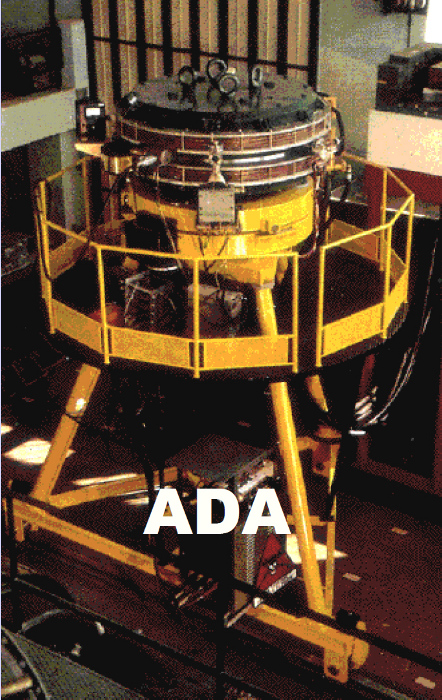Director's Corner
21 May 2009
 Barry Barish |
Learning accelerator science
Today I want to encourage young researchers interested in becoming accelerator scientists to consider applying to participate in our "Fourth International Accelerator School for Linear Colliders." It will be held from 7 to 18 September 2009 near Beijing, China, and the application deadline of 1 June is fast approaching. Our previous schools have been extremely successful, presenting unique opportunities to learn the basics of accelerator science from leaders in the field, and to study challenging applications for a next-generation linear collider. In addition, this year’s school will include two tracks, one on radiofrequency (rf) technology and one on accelerator physics, offering more in-depth learning for returning and more advanced students.
 Bruno Touschek developed the first generation of electron-positron colliders at Frascati, Italy in the 1960s. Bruno Touschek developed the first generation of electron-positron colliders at Frascati, Italy in the 1960s. |
Particle accelerators have been the central tool of particle physics research for more than five decades, especially as new generations of machines have enabled us to open up and explore the energy frontier. Once again, the Large Hadron Collider (LHC) at CERN will play this role in the very near future, and in the longer term we think that a follow-up lepton collider will be the next logical step.
The birth of modern particle physics essentially resulted from the transition from studying cosmic rays to cyclotron-based experiments following World War II. This was followed by new generations of ever more powerful cyclotrons, synchrotrons, etc. The next breakthrough came in the 1960s with the development of particle colliders that take advantage the far greater centre-of-mass energies that could be attained by colliding in the centre-of-mass system. For three generations of machines, we have made remarkable progress exploring the energy frontier of particle physics through complementary studies with proton-proton collisions and electron-positron collisions.
As we prepare to exploit the 1-TeV energy scale with the LHC, we are confronted with the likely need to build a companion collider for lepton collisions. Unfortunately, conventional circular colliders at such energies would radiate away too much energy due to the small rest mass of the electron. Therefore, we are driven toward developing a linear collider that uses electrons and positrons (for example ILC or the Compact Linear Collider Study, CLIC) or developing an even more exotic machine, a muon collider. These new machines present many challenges for accelerator science. These will be covered at our school.
It is worth noting that accelerator science is a very forward-looking area for a young scientist to pursue. Not only are accelerators so important for the future of particle physics, but they also play an increasingly important role in nuclear physics and in applications like material science, medical radiation treatments, pharmaceutical production, etc. For example, the new generation of light sources has a huge user community because of the broad applications for scientific research and for industrial applications. New techniques of acceleration and advancement of particle accelerators for the most part have come as a byproduct of accelerator R&D for particle physics accelerators. The ILC Global Design Effort (GDE) is a centre point of such research that pushes the state of the art for accelerators to new capabilities in superconducting rf acceleration, particle sources, beam optics, etc. Working on accelerator problems for the ILC will provide the ideas and technologies that will impact the future well beyond enabling a possible future particle accelerator.
Next September, our accelerator school will offer a ten-day programme, including an excursion and site trip. The academic programme will begin with introductory lectures on science of a linear collider and an introduction to the ILC (and I will give those lectures) and the next day an introduction to the alternative technologies for a lepton collider, CLIC and a muon collider. Following these introductory plenary lectures, the school will divide into two parts: either the accelerator physics course consisting of lectures on linacs, sources, beam delivery systems and beam-beam effects, and on damping rings; or the rf technology course consisting of lectures on room temperature rf, superconducting rf, and on low-level and high-level rf systems. The students will work problems and there will be a final examination.
I am looking forward to coming to China to personally participate in this fourth in our series of accelerator schools for linear colliders. Weiren Chou (who developed the curricula and has been instrumental in organising the school) and I encourage you to apply to the school and we both look forward to meeting you this September.
-- Barry Barish

